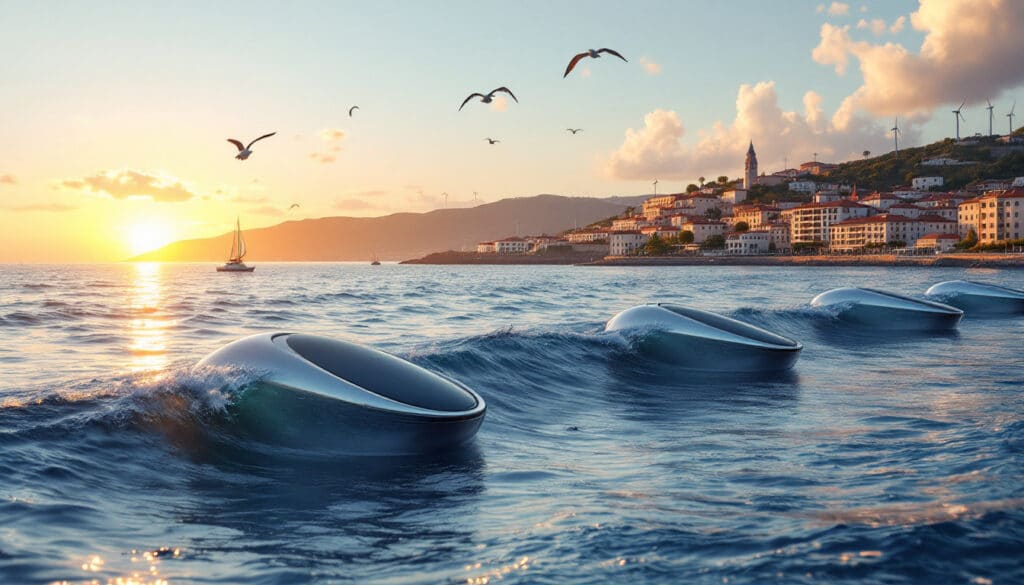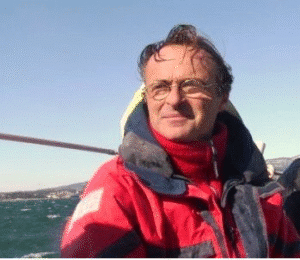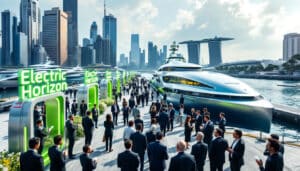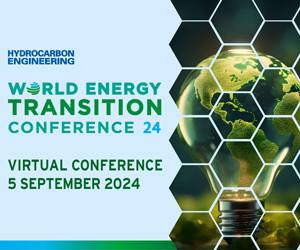“`html
Welcome to the fascinating world of innovative marine technologies.
The mastery of data and digital tools is profoundly transforming the way we explore the oceans.
Discover how technological advancements drive sustainability and efficiency in the maritime field.
To offer and maintain our services, we use cookies and data. These technologies also allow us to monitor interruptions and protect ourselves against spam, fraud, and abuse. By measuring our audience’s engagement and site statistics, we better understand the use of our services and improve their quality. If you choose to “Accept all,” we will also use cookies to develop new services and measure the effectiveness of advertisements.
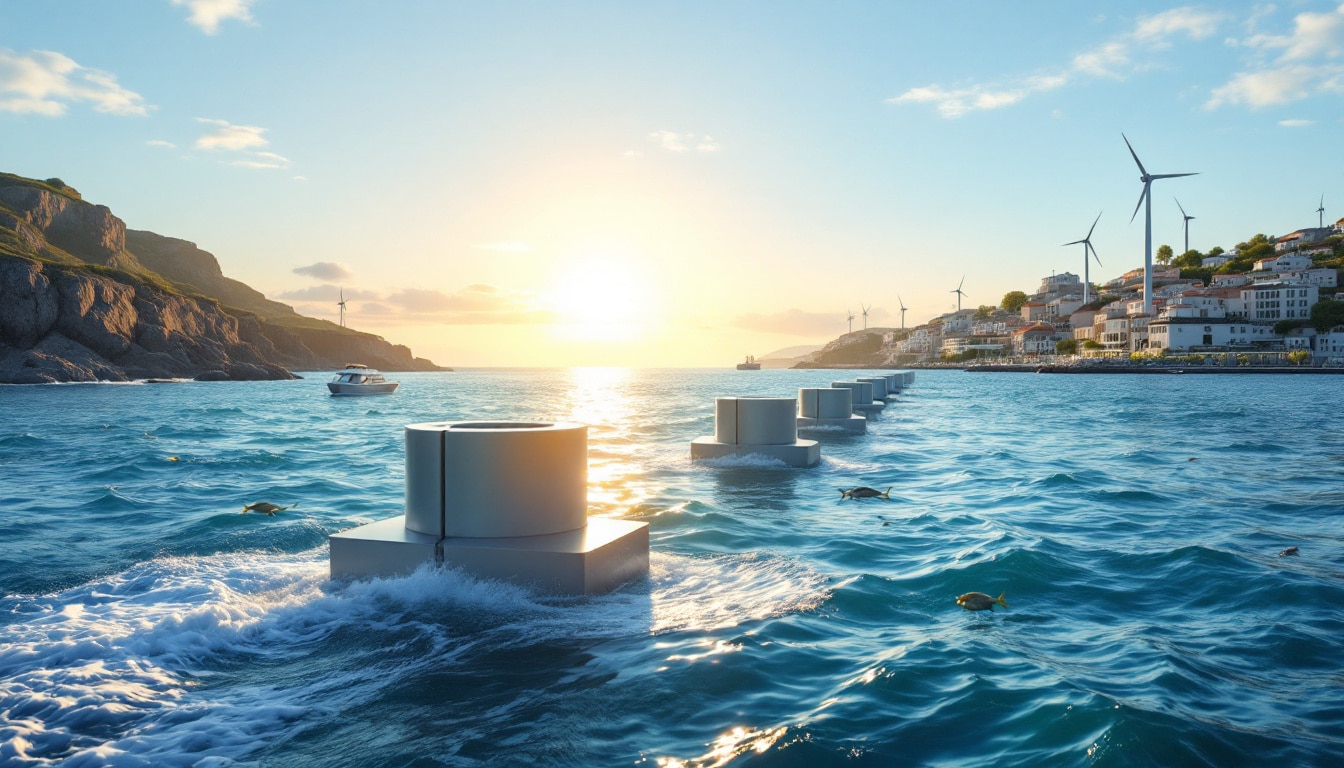
Table of Contents
ToggleCarnegie Clean Energy: a key player in wave energy in Europe
Carnegie Clean Energy positions itself as a pioneer in the development of wave energy in Europe. With an innovative and sustainable approach, the company strives to transform the untapped potential of the oceans into a reliable source of renewable energy. The rise of marine technologies is essential to meet growing energy needs while minimizing environmental impact. Carnegie Clean Energy is investing heavily in research and development to optimize wave energy conversion systems, making this form of energy increasingly competitive compared to traditional sources.
What are Carnegie Clean Energy’s flagship projects in Europe?
One of the most ambitious projects of Carnegie Clean Energy in Europe is the deployment of corPower Ocean, an innovative technology designed to convert wave energy into electricity efficiently and sustainably. Recently, the company secured 32 million euros in a Series B1 funding round aimed at commercializing this revolutionary technology. This funding will accelerate the rollout of corPower Ocean at several European coastal sites, thereby strengthening Europe’s ability to generate clean energy from the oceans.
Furthermore, Carnegie Clean Energy announced an investment of nearly 2 million dollars to harness wave energy to produce clean drinking water. This project, in collaboration with Energy Gov, aims to address drinking water needs in coastal areas while generating renewable energy. This initiative demonstrates Carnegie Clean Energy’s commitment to finding multifunctional solutions that benefit both the environment and local communities.
How does Carnegie Clean Energy contribute to environmental sustainability?
The mission of Carnegie Clean Energy is part of an eco-responsible approach aimed at reducing the carbon footprint and promoting a sustainable blue economy. By harnessing wave energy, the company contributes to diversifying the European energy mix, thus decreasing reliance on fossil fuels. Additionally, corPower Ocean installations are designed to minimize ecological disturbances, ensuring a harmonious coexistence with marine ecosystems.
Moreover, Carnegie Clean Energy engages in ecosystem service projects for coastal communities, as evidenced by their initiative described in this marine energy framework. These projects aim to enhance the resilience of local populations to climate challenges by providing sustainable energy solutions and creating green jobs. The company also emphasizes the importance of maritime education to train young generations, as mentioned in this article, thus contributing to a future where innovation and environmental preservation go hand in hand.
What challenges does Carnegie Clean Energy face?
Despite significant advancements, Carnegie Clean Energy faces several challenges in deploying wave energy in Europe. One of the main obstacles is the variability of ocean conditions, which can affect energy production. To overcome this challenge, the company invests in cutting-edge technologies and energy storage systems to ensure a consistent and reliable supply. Additionally, constantly evolving regulations and energy policies require continuous adaptation of the company’s strategies.
Another major challenge is social acceptance and the integration of marine infrastructure into coastal areas. Carnegie Clean Energy works closely with local authorities and stakeholders to ensure that projects meet environmental and social standards. Transparency and communication are essential to gaining the trust of local communities and ensuring the long-term success of the projects. Moreover, competition with other forms of renewable energy necessitates clear differentiation and demonstration of the unique benefits of wave energy.
What are the economic benefits of wave energy?
The adoption of wave energy presents numerous economic benefits for both businesses and communities. Carnegie Clean Energy contributes to the creation of green jobs in research, manufacturing, and installation of marine technologies. These highly skilled jobs stimulate the local economy and enhance the competitiveness of the European renewable energy industry.
Additionally, wave energy offers a stable and predictable energy source, which can reduce long-term energy costs. Unlike other renewable sources such as wind or solar, wave energy enjoys great consistency, ensuring continuous production. This allows businesses and consumers to plan their energy needs more effectively and reduce their reliance on energy imports. By investing in wave energy, Europe can also enhance its energy independence and reduce greenhouse gas emissions, contributing to global climate goals.
What is the future of wave energy in Europe?
The future of wave energy in Europe looks promising thanks to the efforts of pioneers like Carnegie Clean Energy. With increased support from European governments and a growing awareness of climate issues, wave energy is well positioned to play a major role in the region’s energy mix. Continuous technological advancements and substantial investments in research and development will improve the efficiency and profitability of wave energy conversion systems.
Furthermore, collaboration with renowned experts like Leena Srivastava, an expert in energy and blue economy, strengthens Carnegie Clean Energy’s ability to innovate and overcome technical and economic challenges. Educational initiatives and the involvement of younger generations in the maritime field will ensure a continuous flow of talent and new ideas, thus ensuring the sustainability and growth of wave energy in Europe.
[#Innovation]
— Gouvernement Monaco (@GvtMonaco) November 5, 2019
Hier, le #gvtmonaco et l'#SBMOffshore ont présenté une étape clé dans le projet #WaveEnergyConverter S3®, lequel consiste à exploiter l’énergie des vagues pour produire de l’électricité. pic.twitter.com/az0F9eoun9

